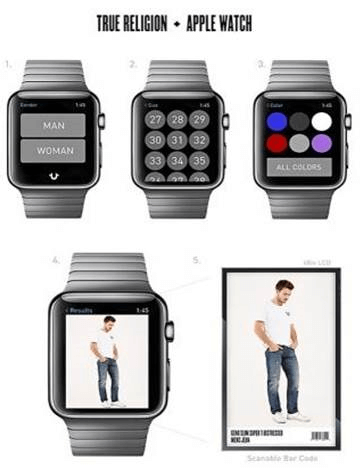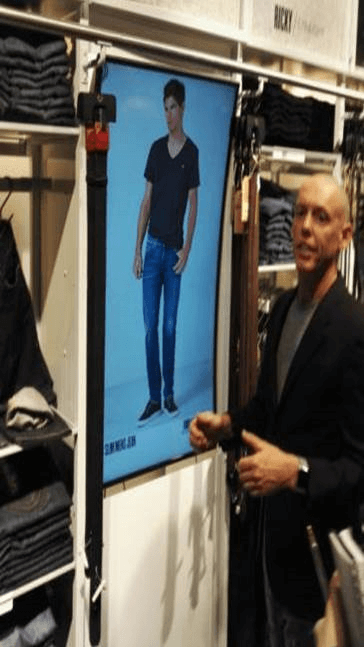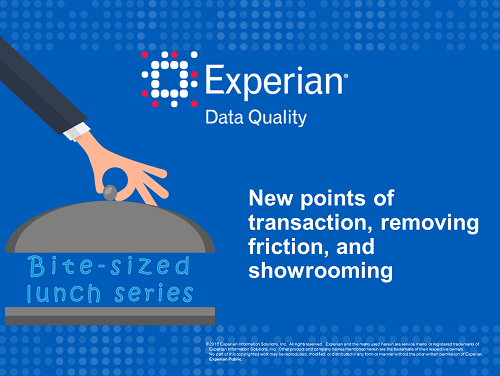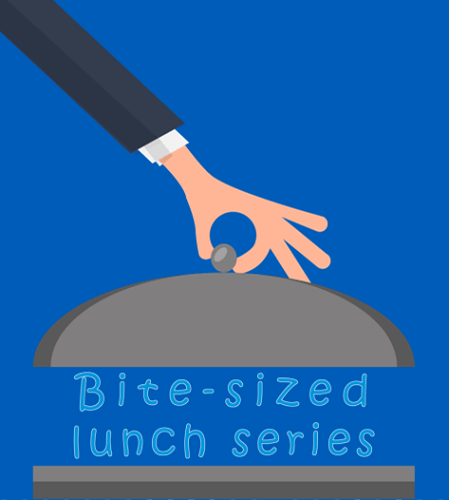Technology is making consumers’ lives easier, sure, but retailers have to continually play catch-up to match their own technology with consumer expectations. Some retailers are doing it well; others, not so much. Legacy systems have been in place for decades in some instances, and while they may have worked in the past, those systems can’t keep up with the demands for today.
As Dunkin Brand’s president of global marketing and innovation has quite bluntly stated, “If you’re doing business today like you did last week, the competition is gaining on you, and if you’re doing business like you did last year, you may soon be out of business.”
Ouch. But, it’s the truth. That’s why Melanie Clark, our Retail Partner Manager, and I have come together to discuss how today’s leading retailers are simplifying the purchase process, making mobile shopping frictionless, and why ‘showrooming’ and the ‘endless aisle’ should all become the new standards of retail.
Auto-population for mobile web forms
Nowadays, almost 80 percent of consumers use their smartphones to help them during the purchasing process. Mobile devices have become our shopping buddies—we use them for researching, comparing prices, avoiding awkward encounters—you name it, you bet we use our phones for it.
The catch is that while mobile plays a huge part in the transactional process, there’s still a big drop off in conversion rates. There are many reasons why: smaller screens, security concerns, an un-optimized mobile experience, ease of mis-typing in characters, a deep-rooted preference to try-and-buy in actual stores—I could go on and on.
But the point is that retailers are trying to make the mobile experience better—frictionless, as they say—so that nothing interrupts shoppers during the very fickle process of checking out.

In the example above with Kay Jewelers, image taken courtesy of SmashingMagazine, implementing auto-population could remove five of the six address fields. (Looking at that screenshot gives me actual anxiety—way too many fields for no good reason.) Some technologies allow users to select their city, state, and address just by entering in a few digits of their ZIP code. This streamlines the checkout process by eliminating keystrokes, and trust me, that is what you want for your mobile forms. Your customers already know what action they want to complete by getting this far; don’t get in their way with clutter.
How Bonobos is redefining the brick-and-mortar
They should pay me for all the promotion I do for them, but I have to hand it to Bonobos—they’re doing a great job with redefining the purpose of a brick-and-mortar. As an Ecommerce-driven retailer, they haven’t done away with using physical stores like a lot of other retailers who have an online presence.

Instead, they’ve chosen to invest in physical retail, called “Guideshops”, where store associates armed with iPads can help them with anything from recommending fitted clothes to placing orders for them. Bonobos validated the existence of a brick-and-mortar by using it as a space where shoppers can see, touch, and try on clothes—but save on inventory and overhead costs by not allowing customers to buy in-store.
At the end of the day, digital and physical retail should complement each other. Consumers will shop using whatever channel they choose, but you can be sure that wherever they end up buying the actual product, they’ll use multiple channels to get to that purchase. Be ready or lose out on a sale.
How True Religion is getting endless aisle right
It sounds pretty gimmicky, using Apple Watches to empower store associates to sell, but it’s really not. It’s just the new standard of retailing. Using technology, however excessive it might seem, is how you’re going to beat competitors who think they can ride out the wave doing what they’ve always done.
True Religion has equipped its store associates with Apple Watches so whenever a customer asks them about an item of clothing, they can search for it—across their full range of products—and send the image to a huge monitor on the sales floor. From there, the item can be more easily inspected and purchased. [insert two pictures below]


No longer will shoppers experience the disappointment or irritation of something not being in stock (and trust me, that disappointment can be enough to turn potential sales into negative word-of-mouth). This implementation of endless aisle also promotes a frictionless experience; a dare-I-say unified commerce experience, across multiple channels.
In summary
Make mobile a priority. Streamline mobile forms and mobile checkouts by eliminating unnecessary form fields and keystrokes.
Empower store associates with technology. Put your thinking caps on and see how you can use technology to make the retail experience fun.
Understand the do’s and donts’ of your partners. Are your partners best-of-breed? Can you get more out of them for what you’re paying? Can those partners offer multiple capabilities so that you can consolidate the number of external parties you work with?
At the end of the day, consumers don’t think of your brand in terms of multiple channels and marketing strategies like you do. All they care about is the end experience, and whether they can get the same level of quality on the website, through mobile, and in-store. A large part of what goes into that is making sure the processes that can be streamlined are streamlined, that the partners you work with are working for you, and that, as always, that the customer contact data you collect can be used confidently.
Learn more about how we live and breathe data quality for retailers. Check out our dedicated page below.
Case in point












